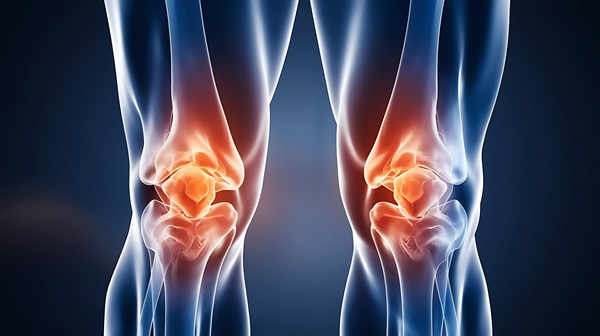Bone spurs can cause pain that interferes with your daily activities
Joint pain, stiffness, or unexplained discomfort can sometimes be caused by factors beyond everyday wear and tear. One common culprit is a bone spur – a bony growth that develops along the edges of joints or the spine. While some bone spurs go unnoticed, others press on nerves or soft tissues, causing pain that disrupts daily activities. Knowing when a bone spur requires treatment can make all the difference in preventing long-term damage and restoring mobility.
Bone spurs, also known as osteophytes, develop along the edges of bones, often near joints or where bones meet soft tissues, such as ligaments and tendons. Bone spurs themselves aren’t always painful. In fact, many people don’t even realize they have them until the growth starts to irritate surrounding nerves, tendons, or other tissues. When that happens, the pain and stiffness can significantly interfere with daily life.
At IMC Bone Doc, our board-certified orthopedic surgeons provide advanced, personalized care for patients throughout NYC and Long Island. Whether you’re managing symptoms with non-surgical treatments or exploring surgical options, our team is here to help you find lasting relief.
What are bone spurs?
Bone spurs form when the body tries to repair itself in response to joint damage, often caused by conditions like:
- Osteoarthritis
- Disc degeneration in the spine
- Tendonitis
- Joint or ligament injuries
Common locations for bone spurs include the spine, shoulders, hips, knees, and feet. Symptoms vary depending on the location, but may include:
- Localized pain or tenderness
- Stiffness and reduced range of motion
- Numbness or tingling (when nerves are compressed)
- Swelling or inflammation around the joint
- A noticeable bump under the skin in some cases
It’s important to note that not all bone spurs cause problems. Many are discovered incidentally during imaging tests for unrelated issues. However, when symptoms develop, treatment may be necessary.
When to seek treatment
Mild bone spur symptoms can often be managed with conservative care such as physical therapy, rest, anti-inflammatory medications, or cortisone injections. But if pain persists or worsens, it’s time to see an orthopedic specialist. You should seek medical attention if:
- Conservative treatments aren’t helping after several weeks or months
- You’re experiencing numbness, tingling, or weakness due to nerve compression
- Joint pain is interfering with walking, standing, or daily activities
- You notice a decrease in mobility or range of motion
- The pain is severe enough to disrupt sleep or quality of life
Our orthopedic surgeons will carefully evaluate your condition and determine whether advanced treatments are necessary.
Treatment options for bone spurs
The right treatment depends on the size, location, and severity of the bone spur. Non-surgical care is often the first step, but in some cases, surgery may be recommended. Surgical options may include:
- Arthroscopic surgery: A minimally invasive procedure to remove the bone spur and relieve pressure on surrounding tissues.
- Open surgery: In more complex cases, traditional surgery may be needed to remove larger spurs or repair associated joint damage.
- Spinal decompression procedures: When bone spurs compress spinal nerves, procedures such as a laminectomy may help relieve symptoms.
The goal of treatment is to relieve pain, restore function, and prevent further damage to the joint or nerve.
Trust the orthopedic specialists at IMC Bone Doc
Living with joint pain or nerve irritation caused by bone spurs can be frustrating and exhausting. At IMC Bone Doc, our NYC and Long Island orthopedic surgeons combine advanced diagnostic tools with personalized treatment plans to help you regain comfort and mobility.
If your bone spur symptoms aren’t improving, don’t wait. Contact IMC Bone Doc today to schedule a consultation and take the first step toward relief.
“Super personable doctors and staff. Busy atmosphere, and yet that’s what you like to see, as in their doctors and staff are well trusted. Highly recommend.” – Darian M., ⭐⭐⭐⭐⭐























